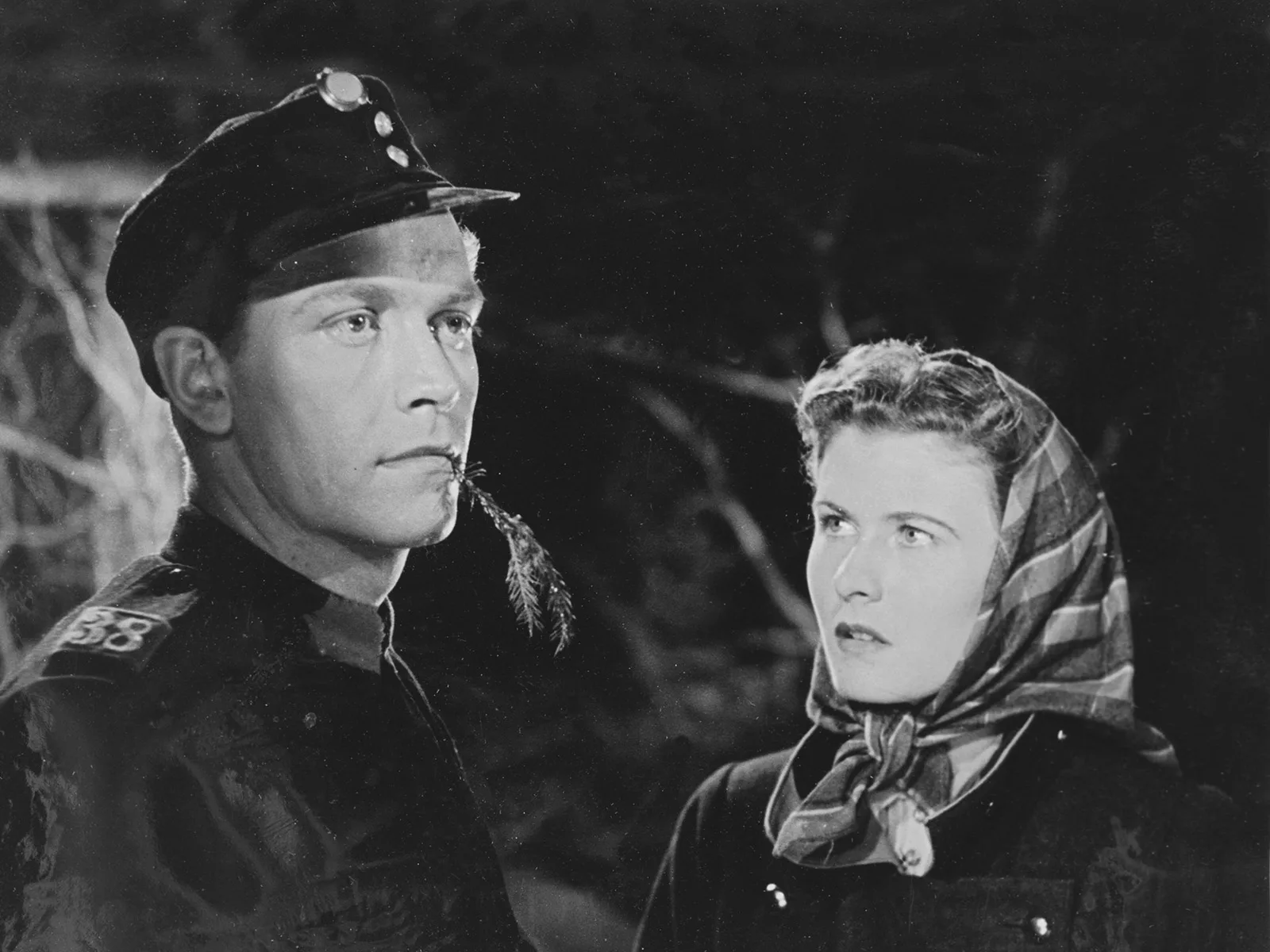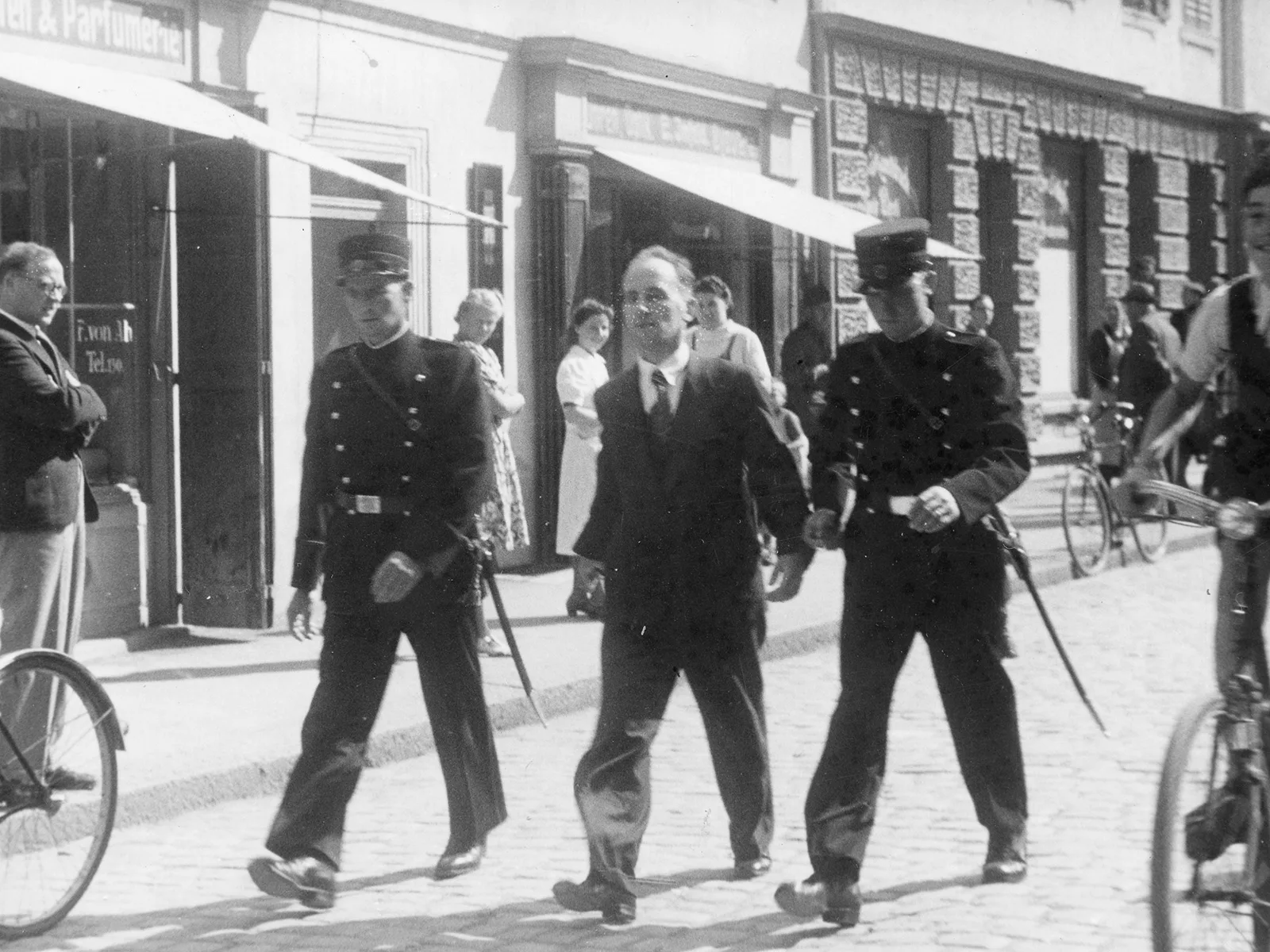
Scapegoat
Whether in prehistoric times, in the Middle Ages or today, society needs a scapegoat. By channelling its aggression on to a single victim, a community strengthens it cohesion.
In September 2018, there was an incident at the Swiss air defence force’s cadet school. On the orders of the platoon leader, a Ticino recruit was ‘stoned’ by his comrades while being filmed on a mobile phone. The film, later circulated in the media, shows the recruits throwing nuts and stones at the victim’s back. It also came to light that the recruit in question, and others, had previously been subjected to other humiliating treatment. The video unleashed a wave of angry debate. The mechanism that underlies the behaviour of the recruits and the officer can be seen in every era and every culture of humankind: it is the compliant collective violence of the group against an individual. Often this individual is already an outsider. The group channels its day-to-day rivalries, aggression and violence on to this one victim in order to strengthen cohesion within the community.

Ritual killing of human beings
In primitive times, human sacrifices were often triggered by a crisis – acute or imminent – such as a flood. People who had no conception of geophysical and meteorological processes were thrown into panic, believing the misery caused by the natural disaster was a punishment meted out by a higher power. But who had done something wrong, who had aroused the wrath of the gods? Rather than trailing off into an endless loop of mutual recriminations, in such situations the community will soon single out a small number of individuals, project on to those people the sole blame for the crisis, and punish them. The victim now not only propitiates the gods, but also reconciles the group itself.
The universality of these rituals is shown by the fact that human sacrifice can be found among all ancient peoples. In Bronze Age Europe, children could also be the victims of these acts, as indicated by five children’s skulls discovered near a former pile-dwelling settlement. Thanks to the three best-preserved skulls, we know that the children died violent deaths. A plausible interpretation is that these are human sacrifices.

Modern violence
In Europe, the practice of ritual killings only came to an end two to three hundred years ago. Peter Sloterdijk writes in some bafflement: “Nothing is as surprising in the human world as the ability of people living together to cope with the differences between them (…)” – but, he goes on to add: “with the exception of those moments in which they also indulge, as if for relaxation, in rabble-rousing and agitation.”
While the Enlightenment, based on the Judeo-Christian religion, put an end the ritual sacrificing of human beings, the underlying mechanism still continues to govern human co-existence. These days, however, it is quite subtle in most cases and ends in psychological violence – ostracism or public humiliation, for example. We may simply be shocked by the scapegoat mechanism when it leads to physical violence, as in the incident mentioned above. As a rule, the mechanism is only recognised and understood from the outside. Perpetrator and victim have internalised their roles, as the recruit concerned has: the military justice system was only called on to take action when his father discovered the mobile phone footage.
Scapegoat
Geneva Peace Week, CAGI Geneva
5.11. - 8.11.19
The exhibition examines collective violence of groups against individuals, from antiquity to the present day. It explores prehistoric human sacrifices, lynching (including burning at the stake) and violence in our times. At the same time, the exhibition looks at the forces that have attempted to oppose violence, such as Religion and Enlightenment.



